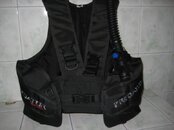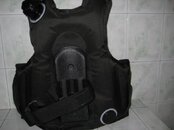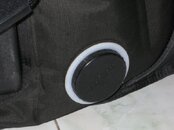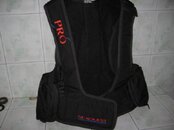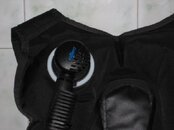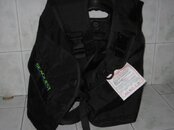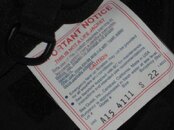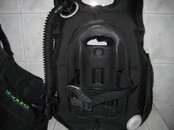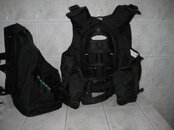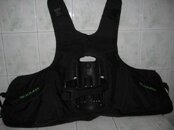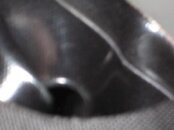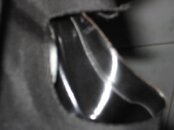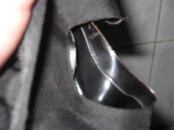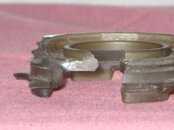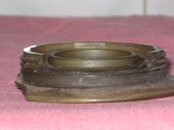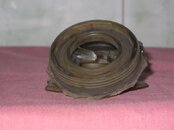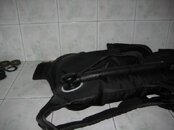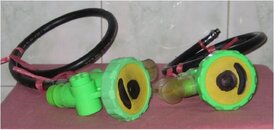Here is the prototype repair kit I am assembling for BCD Repair.






The Kit will have: Internal Flange / Rubber Seal / Outer Washer
Photo #1 shows all of the parts.
Photo #2 shows threaded internal flange (these were made to repair SQ BCD) 2-1/4" Hole.
Photo #3 shows a cap cover (original black, made white).
Photo #4 shows an assembled kit using just a cap cover.
Photo #5 shows an assembled kit using I/D Connector
Photo#6 shows the order of assembly.
---------- Post added October 20th, 2014 at 10:05 AM ----------
I am in the process of making my own repair kit for 4 SQ BCD's that are in excellent condition but all of the Inflator and Dump Valve internal flanges deteriorated.
My kit will be the Internal Flange with a Threaded Boss to connect the Inflator / Dump Assembly with an Outer Sealing Ring that the Inflator /Dump Assembly will compress onto the BCD fabric and the Internal Flange to make a complete seal that does not require any adhesives.
I eventually want to adhere the Internal Flange to the BCD, but I have yet to obtain an adhesive that I feel would be the proper combination for the material I am using.
---------- Post added October 18th, 2014 at 11:25 PM ----------
The best way to remove the still attached pieces of the old internal flange is to heat the area with a hair dryer set on high (you can heat it from the outside).
While still hot to very warm use a small plastic tool as the ones that come with 2 part epoxy for mixing, or a popsicle stick to scrap off the remnants of the old flange.
Then with a small piece of medium to fine grit sandpaper give it a little scouring to help with the adhesion of your bonding agent.
The Kit will have: Internal Flange / Rubber Seal / Outer Washer
Photo #1 shows all of the parts.
Photo #2 shows threaded internal flange (these were made to repair SQ BCD) 2-1/4" Hole.
Photo #3 shows a cap cover (original black, made white).
Photo #4 shows an assembled kit using just a cap cover.
Photo #5 shows an assembled kit using I/D Connector
Photo#6 shows the order of assembly.
---------- Post added October 20th, 2014 at 10:05 AM ----------
I am in the process of making my own repair kit for 4 SQ BCD's that are in excellent condition but all of the Inflator and Dump Valve internal flanges deteriorated.
My kit will be the Internal Flange with a Threaded Boss to connect the Inflator / Dump Assembly with an Outer Sealing Ring that the Inflator /Dump Assembly will compress onto the BCD fabric and the Internal Flange to make a complete seal that does not require any adhesives.
I eventually want to adhere the Internal Flange to the BCD, but I have yet to obtain an adhesive that I feel would be the proper combination for the material I am using.
---------- Post added October 18th, 2014 at 11:25 PM ----------
The best way to remove the still attached pieces of the old internal flange is to heat the area with a hair dryer set on high (you can heat it from the outside).
While still hot to very warm use a small plastic tool as the ones that come with 2 part epoxy for mixing, or a popsicle stick to scrap off the remnants of the old flange.
Then with a small piece of medium to fine grit sandpaper give it a little scouring to help with the adhesion of your bonding agent.




